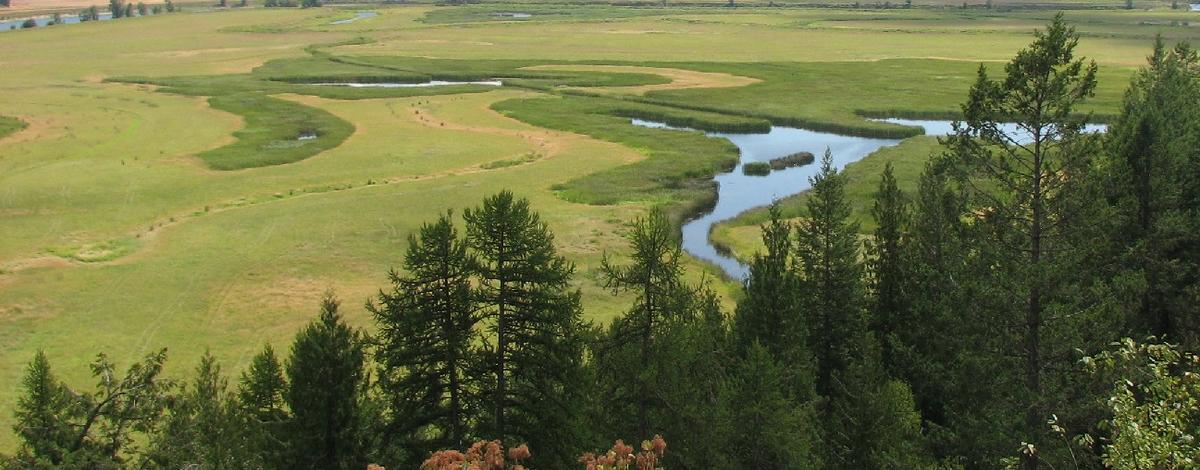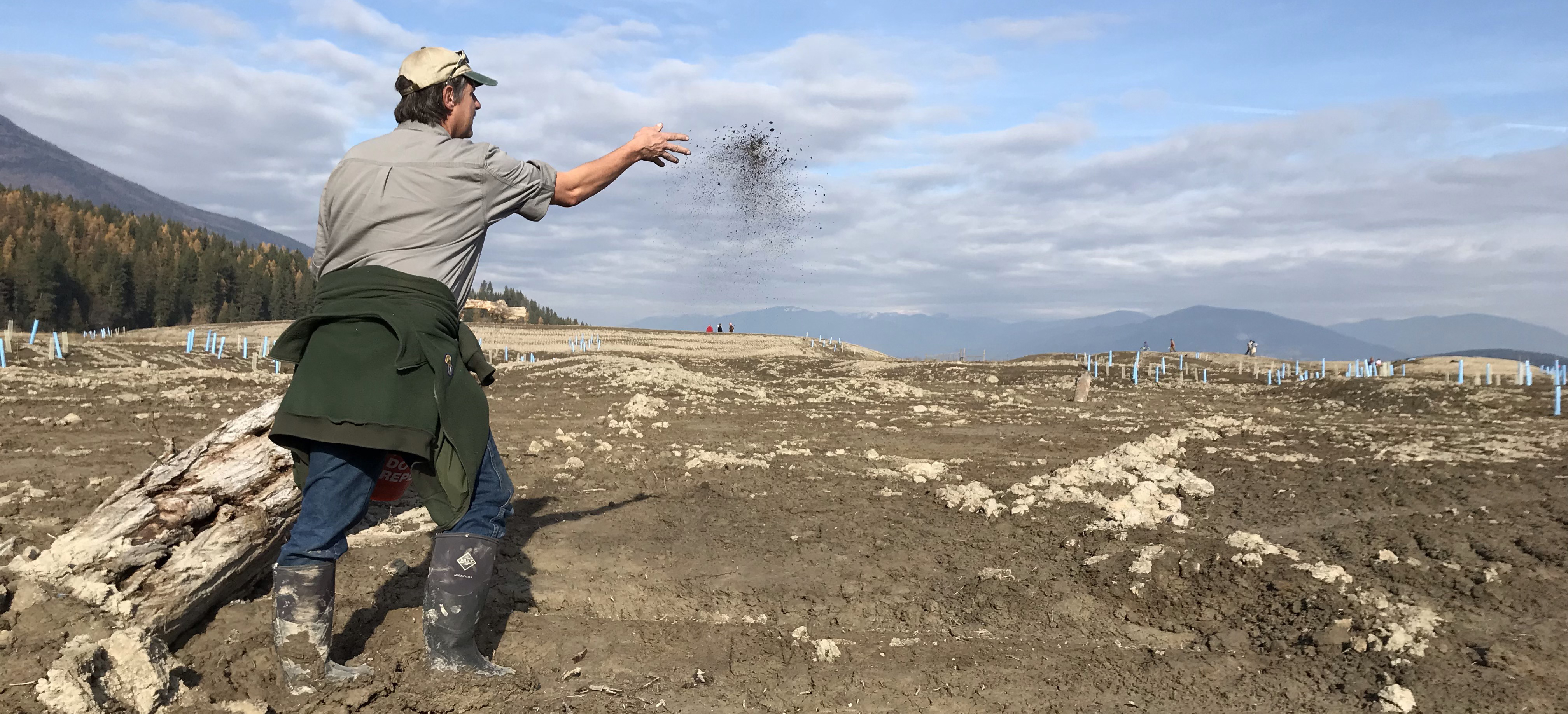
There's a place called Far-away Meadow
We never shall mow in again,
Or such is the talk at the farmhouse:
The meadow is finished with men.
Then now is the chance for the flowers
That can't stand mowers and plowers.
It must be now, through, in season
Before the not mowing brings trees on,
Before trees, seeing the opening,
March into a shadowy claim.
The trees are all I'm afraid of,
That flowers can't bloom in the shade of;
It's no more men I'm afraid of;
The meadow is done with the tame.
The place for the moment is ours
For you, oh tumultuous flowers,
To go to waste and go wild in,
All shapes and colors of flowers,
I needn't call you by name.
- The Last Mowing by Robert Frost
Once wild floodplains of the Kootenai River, then century-long plowed as fertile farm fields, the meadows of the Boundary-Smith Creek Wildlife Management Area (WMA) are again untamed.
...
Last Saturday, November 2nd, marked the culmination of hundreds of hours of volunteer effort collecting hundreds of thousands of seeds for the Bees to Bears Wildflower Seed Library. On this crisply sunny day, many of these volunteers came out to sow their seeds across the ephemeral ponds, stream, and cool air refugia recently reconstructed on the southern end of the WMA. Their hard work over the past two years resulted in 25 gallons of wild seeds representing 47 different species.
With this abundance of seed, we were able to create 5 different seed mixes for the various growing conditions provided by the shallow waters and high mounds. Like Robert Frost's meadows, ours are also done with the tame. But unlike Bob, we welcome the trees' shadowy claim. The flowers in our seed mixes will thrive in sun and shade, providing future forage and cover for everything from ducks to deer and bees to bears. Also unlike Bob (it's nothing personal, Bob!), I'm going to share the flowers' names with you. Use them as a map for the wildflower treasure hunt you can experience over the coming years when you visit the Smith Creek Picnic Area at the WMA!
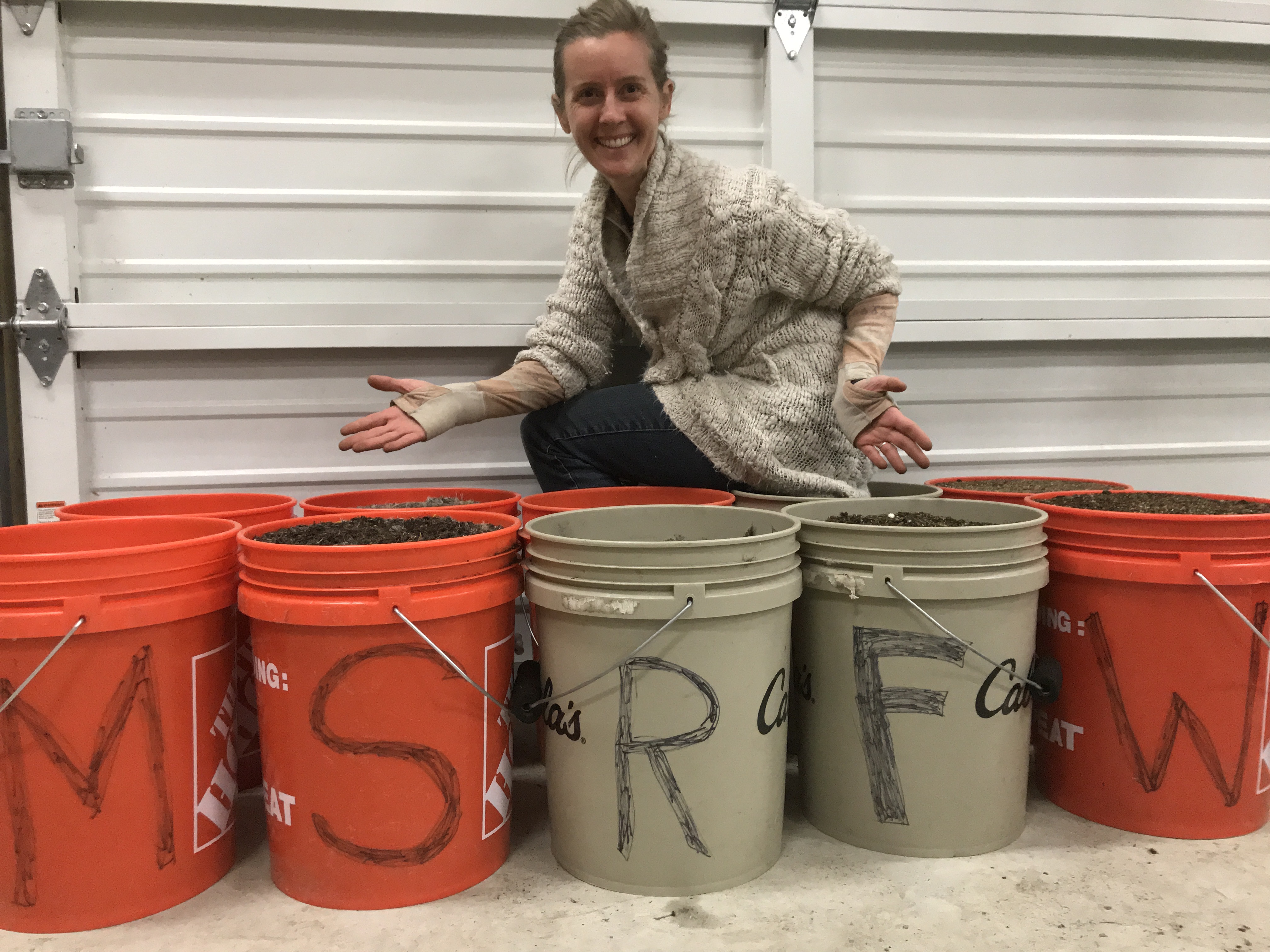
Inside our ephemeral ponds and stream, we spread our Wetland mix:
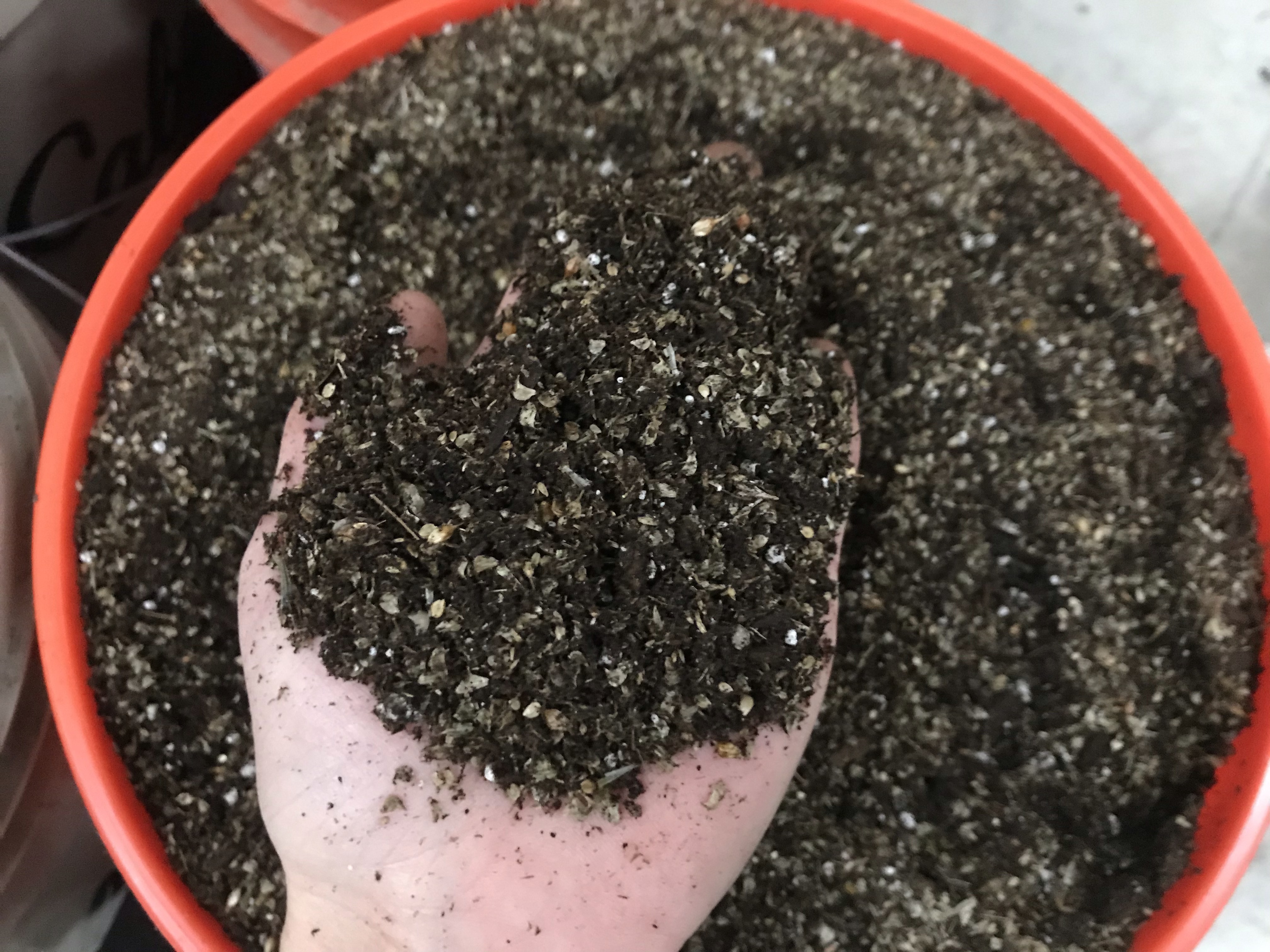
Common Arrowhead (Sagittaria latifolia), Large Bur-Reed (Sparganium eurycarpum), Northern Water Plantain (Alisma triviale), Common Beggarstick (Bidens frondosa), Pennsylvania Smartweed (Polygonum pensylvanicum), Swamp Milkweed (Asclepias incarnata), Longhair Sedge (Carex comosa), and Common Camas (Camassia quamash)
Around the perimeter of our ephemeral ponds and stream, we spread our Riparian mix:

Canada Goldenrod (Solidago canadensis), Clasping-leaf Dogbane (Apocynum cannabinum), Spreading Dogbane (Apocynum androcaemifolium), Beebalm (Mondarda fistulosa), Common Milkweed (Asclepias syriaca), and Woolgrass (Scirpus cyperinus)
In the open areas around our cool air refugia, we planted our Meadow mix:
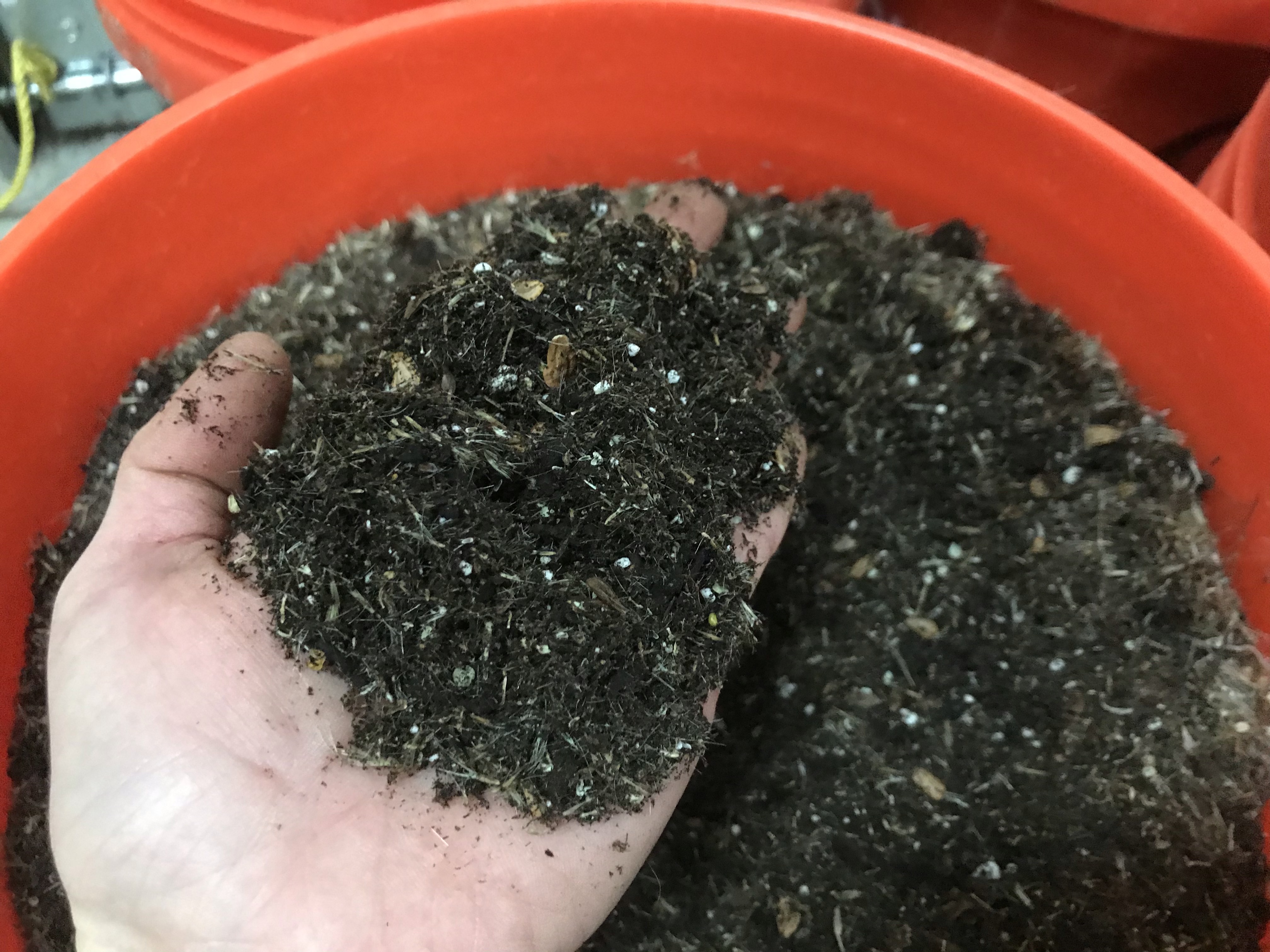
Showy Aster (Eurybia conspicua), Western Mountain Aster (Symphyotrichum spathulatum), Common Yarrow (Achillea millefolium), Yellow Beardtongue (Penstemon confertus), Panicled Willowherb (Epilobium brachycarpum), Glandular Willowherb (Epilobium halleanum), Fringed Willowherb (Epilobium ciliatum), Narrow-leaved Milkweed (Asclepias fascicularis), Common Milkweed (Asclepias syriaca), Douglas Spirea (Spiraea douglasii), Birchleaf Spirea (Spiraea betufolia), Sticky Cinquefoil (Drymocallus glandulosa), and Snowbrush (Ceanothus velutinus)
On the south-facing sides of our cool air refugia, we planted our Forest mix:
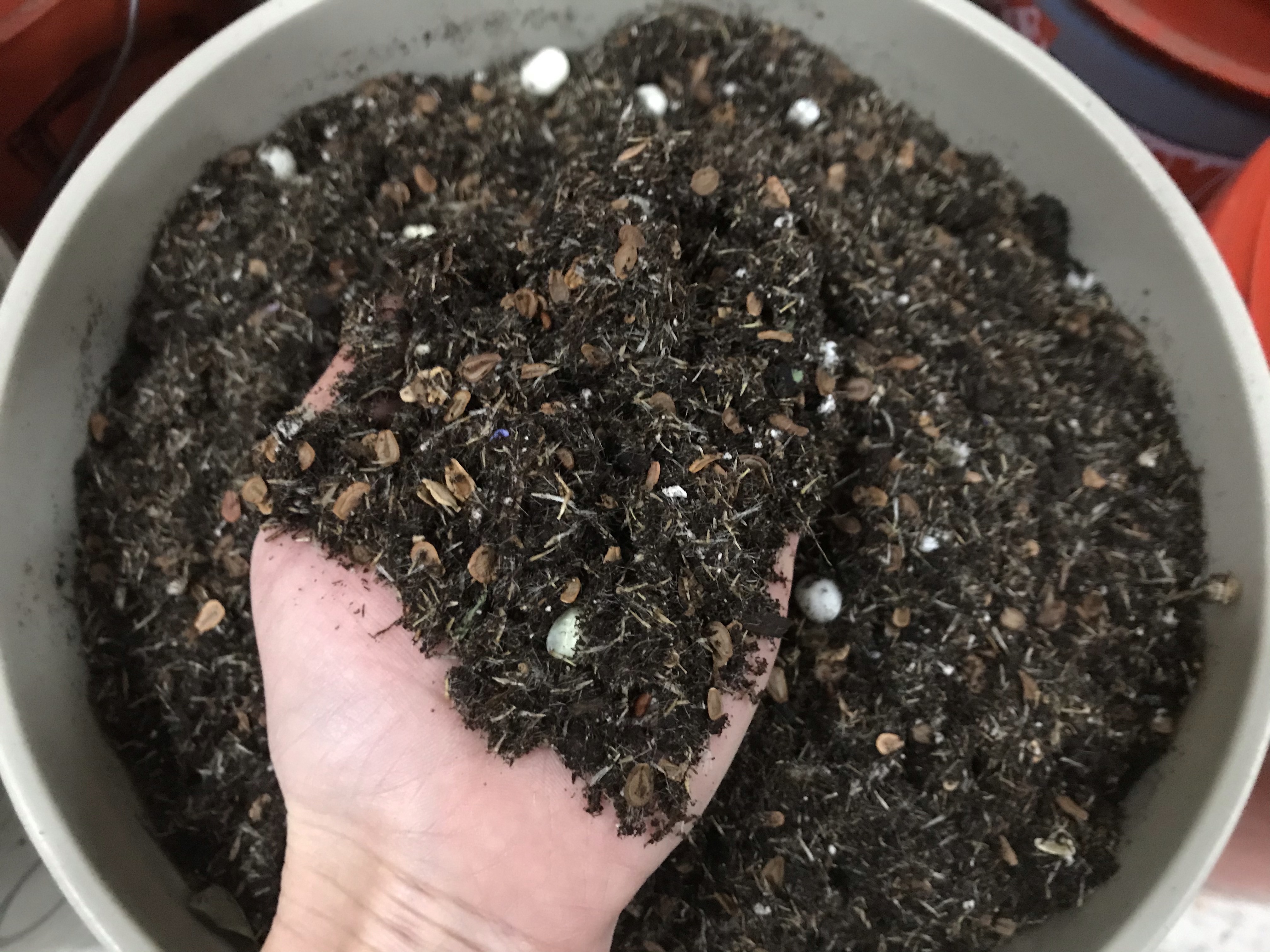
Showy Daisy (Erigeron speciosus), Showy Aster (Eurybia conspicua), Western Mountain Aster (Symphyotrichum spathulatum), Pearly Everlasting (Anaphalis margaritaceae), Racemose Pussytoes (Antennaria racemosa), Prince's Pine (Chimaphila umbellata), Bearberry (Arctostaphylos uva-ursi), Pathfinder (Adenocaulon bicolor), American Harebell (Campanula rotundifolia), Silky Lupine (Lupinus sericeus), Bigleaf Lupine (Lupinus polyphyllus), Creeping Oregon Grape (Mahonia repens), Mock Orange (Philadelphus lewisii), Fireweed (Chamerion angustifolium), and Snowberry (Symphoricarpos albus)
And finally, on the north-facing sides of our cool air refugia, we planted our Shady mix:
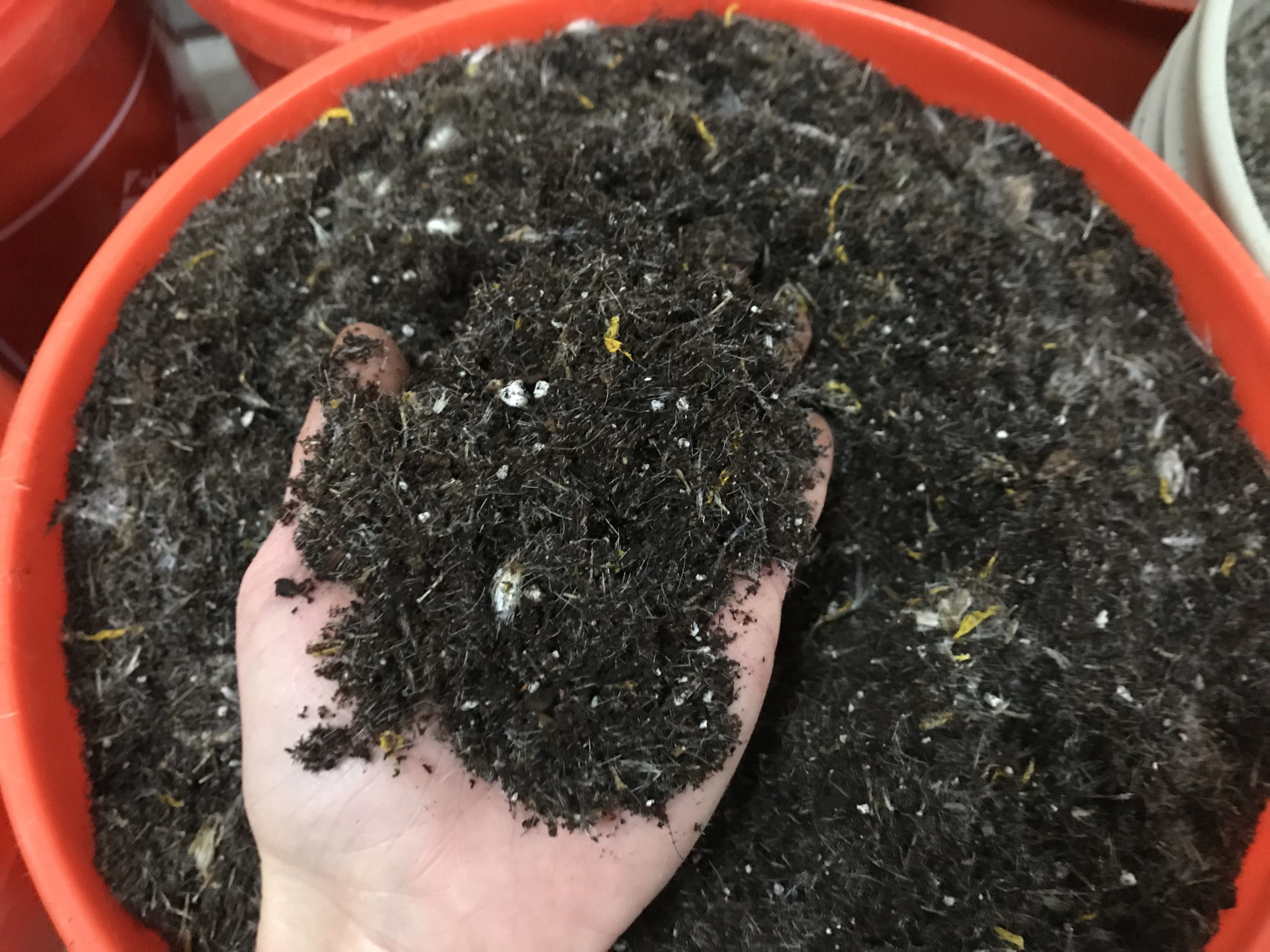
Starry False-Solomon's Seal (Maianthemum stellatum), Lesser Wintergreen (Pylrola minor), Arrowleaf Groundsel (Senecio triangularis), Self-heal (Prunella vulgaris), Cow Parsnip (Heracleum lanatum), Canada violet (Viola canadensis), Largeleaf Avens (Geum macrophyllum), and Heartleaf Arnica (Arnica cordifolia)
...
With all these seeds go the best wishes of all the people who have been watching this project progress these past couple years. You have made a direct impact on ability of the people, animals, and plants of the Idaho Panhandle to adapt to a changing climate, and your legacy will live on in the soil of our public lands.

